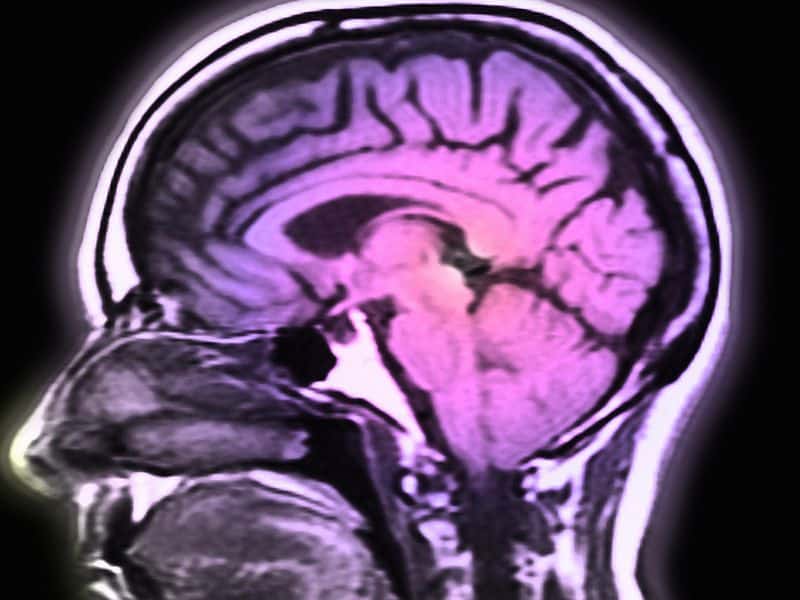WEDNESDAY, May 1, 2019 (HealthDay News) — Progress has been made toward developing diagnostic criteria for limbic-predominant age-related TDP-43 encephalopathy (LATE), although gaps remain in understanding, according to a report published online April 30 in Brain.
Peter T. Nelson, M.D., Ph.D., from the University of Kentucky in Lexington, and colleagues describe LATE neuropathologic change (LATE-NC), which is defined by a stereotypical TDP-43 proteinopathy in older adults with or without coexisting hippocampal sclerosis pathology that mainly affects the oldest old. A working group was established to develop diagnostic criteria for LATE.
The researchers report consensus-based recommendations, including guidelines for diagnosis and staging of LATE-NC. An anatomically based preliminary staging scheme was proposed for a routine autopsy workup of LATE-NC with TDP-43 immunohistochemistry on tissue from the amygdala, hippocampus, and middle frontal gyrus. The medial temporal lobe structures are preferentially affected by LATE-NC, but other areas are also impacted. Individuals with LATE-NC also had atrophy in the medial temporal lobes, frontal cortex, and other regions. Five genes with risk alleles for LATE-NC have been identified: GRN, TMEM106B, ABCC9, KCNMB2, and APOE. These genetic risk variants indicate that LATE shares pathologic mechanisms with frontotemporal lobar degeneration and Alzheimer disease, with disease-specific underlying mechanisms. Gaps remain in the understanding of LATE, and there is an urgent need for more research.
“It is hoped that these collective research efforts will one day result in successful preventative and therapeutic strategies,” the authors write.
Copyright © 2019 HealthDay. All rights reserved.



